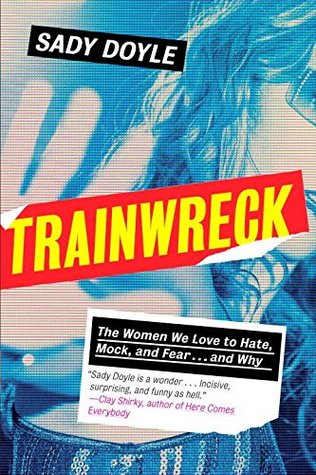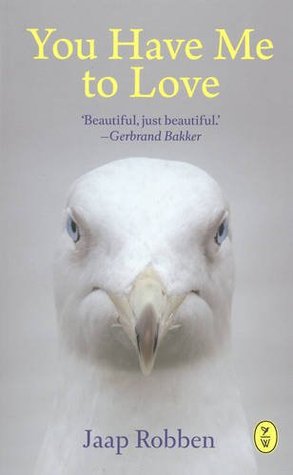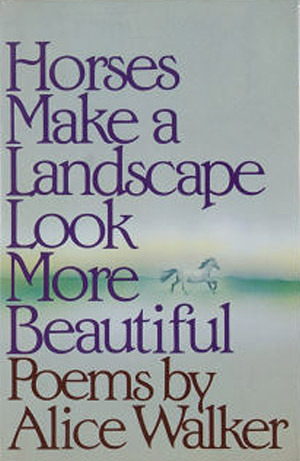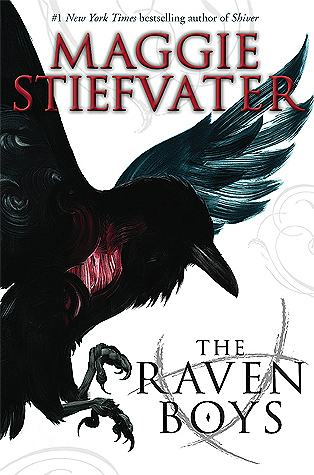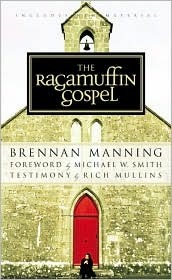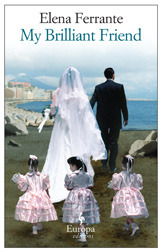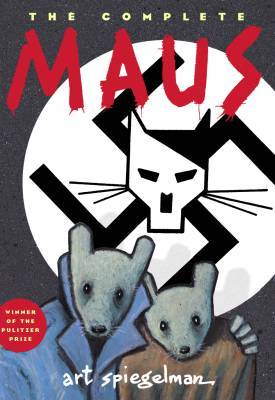Gosh, what a heavy week—Obama said goodbye to public office, Trump was inaugurated and Republicans started wreaking havoc, oh, immediately. And the women’s marches around the world were great, but, you know, we have a lot of work to do.
Which is why I’m really happy that I read the following three books this week!
Mafalda #2 by Quino
I’m continuing with this Argentinian comic strip series that had so much success across South America during the 1960s-70s. It’s addresses war, human rights, the environment, and feminism in a warm, lighthearted way. Read in Portuguese.
Habibi by Craig Thompson
I LOVED this book! Thompson studied Arabic calligraphy, the Koran, the Hadith, and Arab traditions, myths, and culture for nine years in order to create this book. The result is a huge tome stuffed with magnificent beauty that combines everything in a magical, heart-wrenching package. There were a lot of surprising, hard parts in the story, but what really stood out was the complexity of the combination the stories that come from physical calligraphy, with religious stories, and A Thousand and One Nights. Read in Portuguese.
Trainwreck by Sady Doyle
So ideal that I finished this book on a sliver of contemporary feminism the same week as the Women’s March on Washington (and around the world)! A longer review is coming, but until then…
Doyle shows, using conversational blog-type language and mountains of primary source material (complete with citations in the back), that fabricating a trainwreck narrative out of women in the public eye is nothing new, and has existed for centuries. It comes from an impossible-to-achieve (examples in book!) standard and internalized patriarchy. We enable a fictional narrative to dominate our minds, bodies, and culture—the lie that there are "good women" and "bad women" and that all of us are either one or the other, when in fact we are all humans who make good decisions and bad decisions, who do holy things and sinful things... even the privileged, air-brushed celebrities.
Which is why I’m really happy that I read the following three books this week!
Mafalda #2 by Quino
I’m continuing with this Argentinian comic strip series that had so much success across South America during the 1960s-70s. It’s addresses war, human rights, the environment, and feminism in a warm, lighthearted way. Read in Portuguese.
Habibi by Craig Thompson
I LOVED this book! Thompson studied Arabic calligraphy, the Koran, the Hadith, and Arab traditions, myths, and culture for nine years in order to create this book. The result is a huge tome stuffed with magnificent beauty that combines everything in a magical, heart-wrenching package. There were a lot of surprising, hard parts in the story, but what really stood out was the complexity of the combination the stories that come from physical calligraphy, with religious stories, and A Thousand and One Nights. Read in Portuguese.
Trainwreck by Sady Doyle
So ideal that I finished this book on a sliver of contemporary feminism the same week as the Women’s March on Washington (and around the world)! A longer review is coming, but until then…
Doyle shows, using conversational blog-type language and mountains of primary source material (complete with citations in the back), that fabricating a trainwreck narrative out of women in the public eye is nothing new, and has existed for centuries. It comes from an impossible-to-achieve (examples in book!) standard and internalized patriarchy. We enable a fictional narrative to dominate our minds, bodies, and culture—the lie that there are "good women" and "bad women" and that all of us are either one or the other, when in fact we are all humans who make good decisions and bad decisions, who do holy things and sinful things... even the privileged, air-brushed celebrities.


